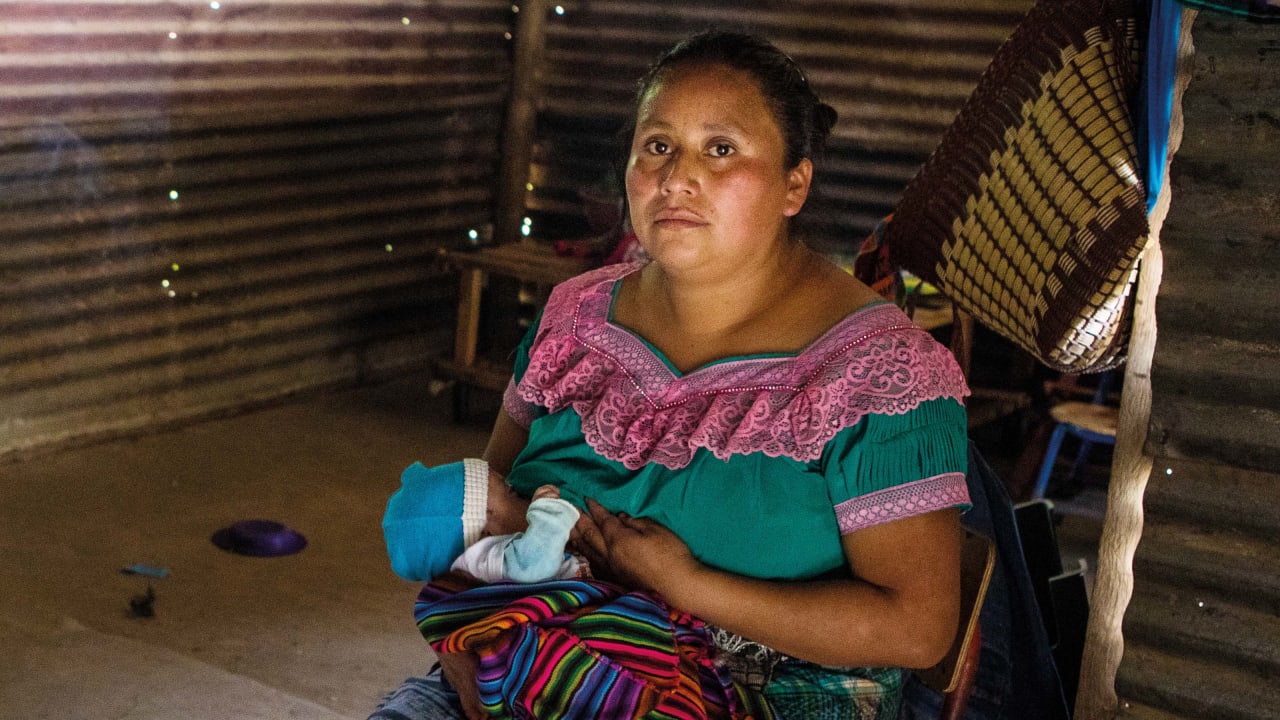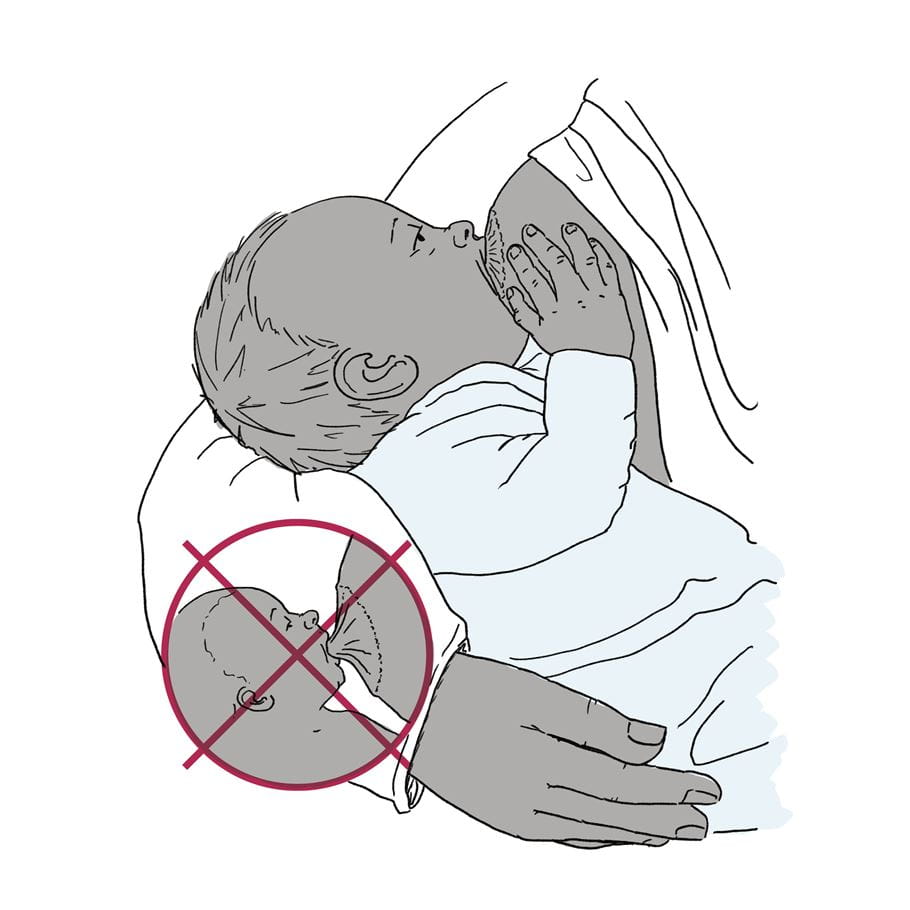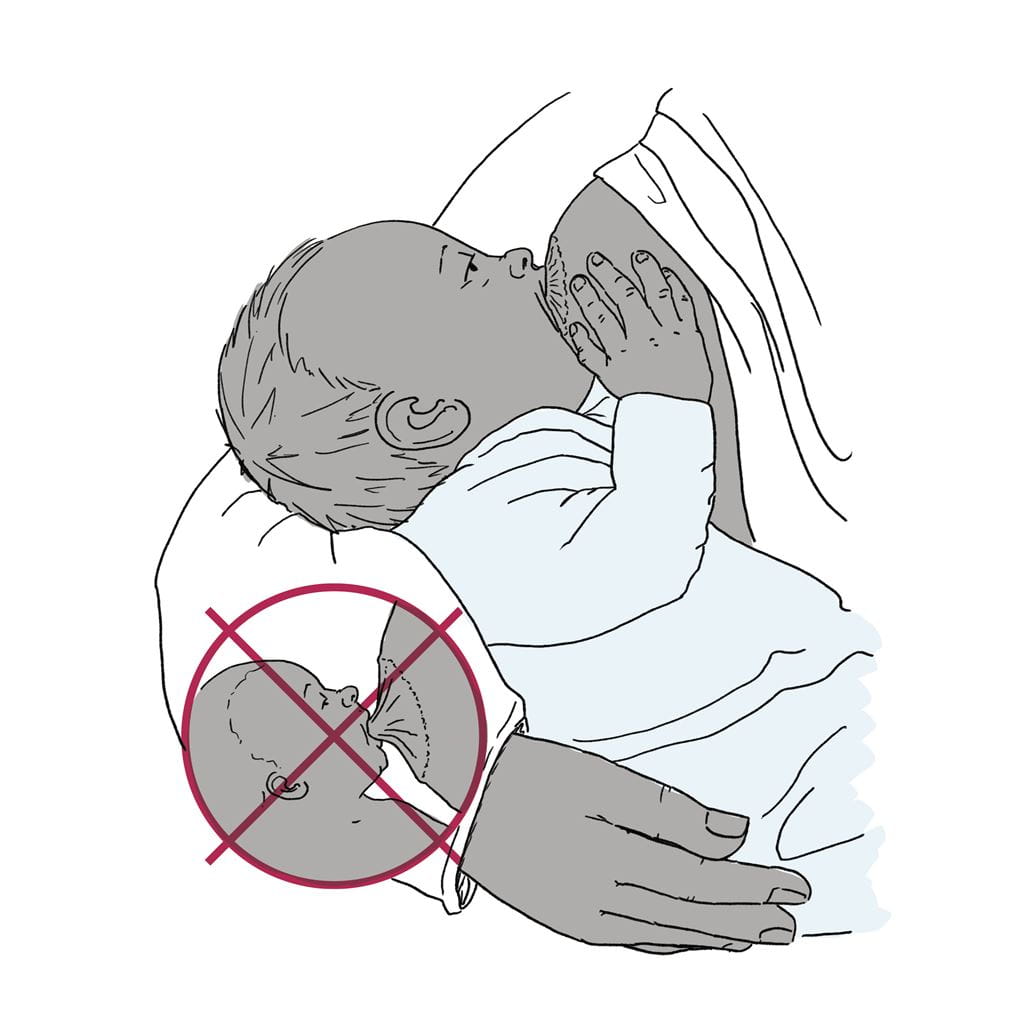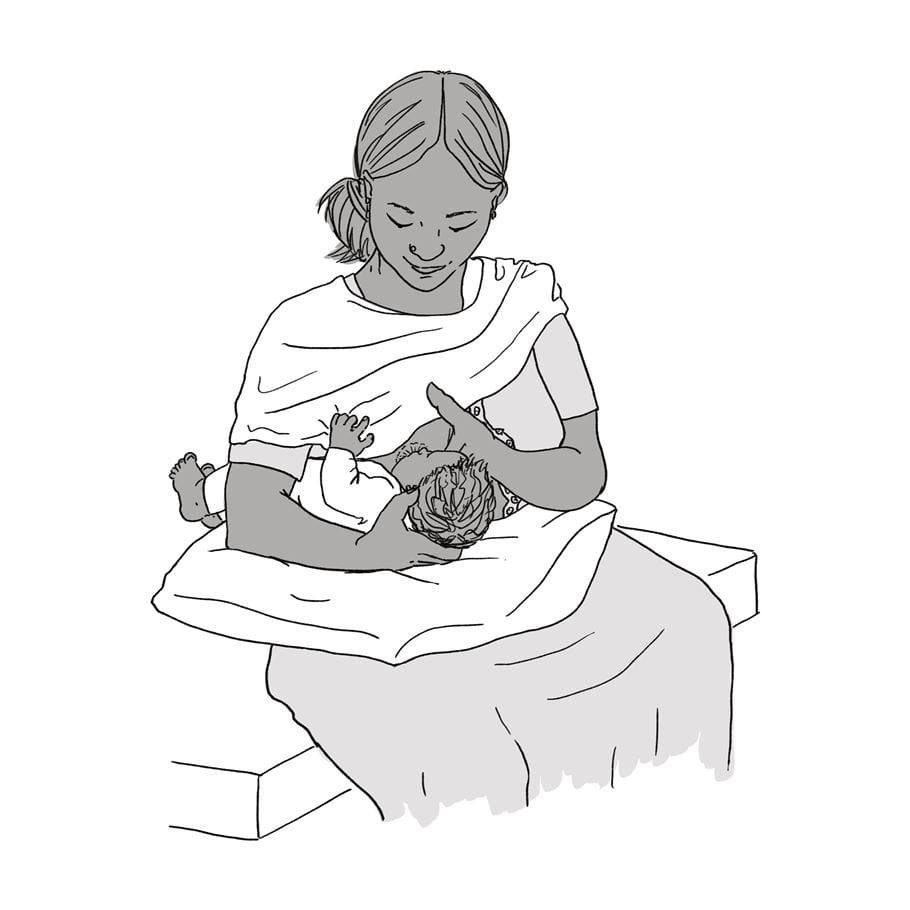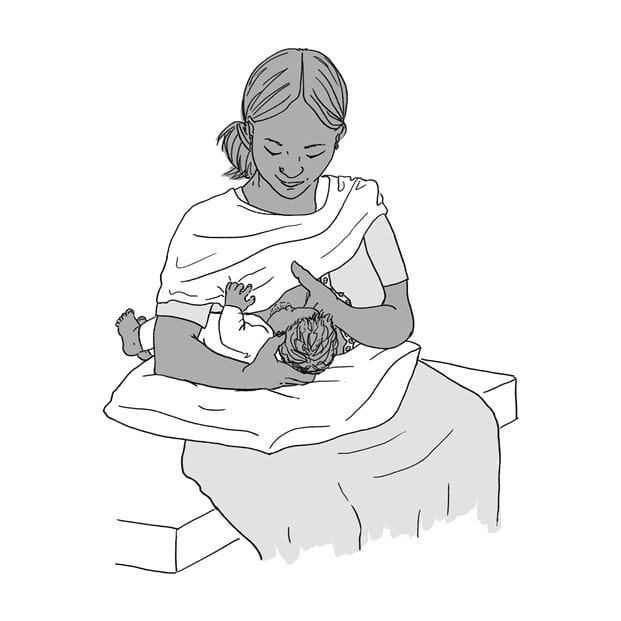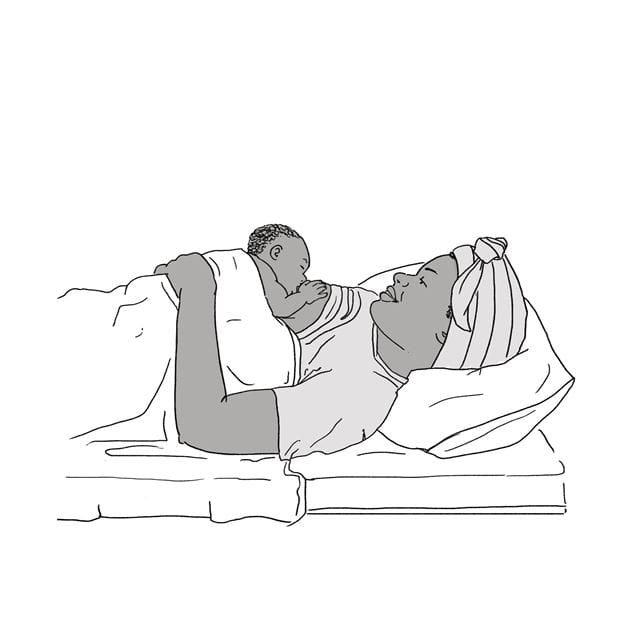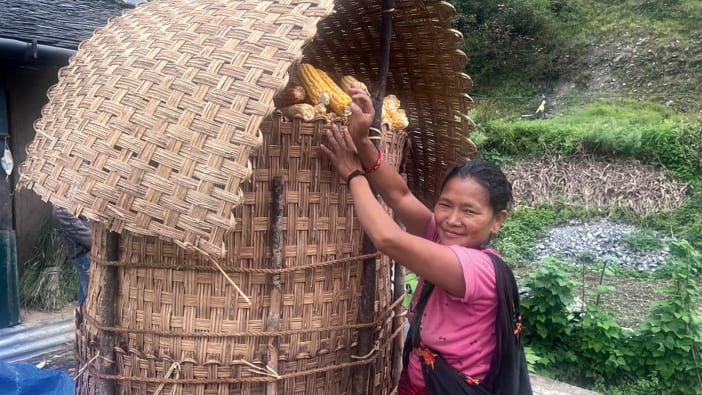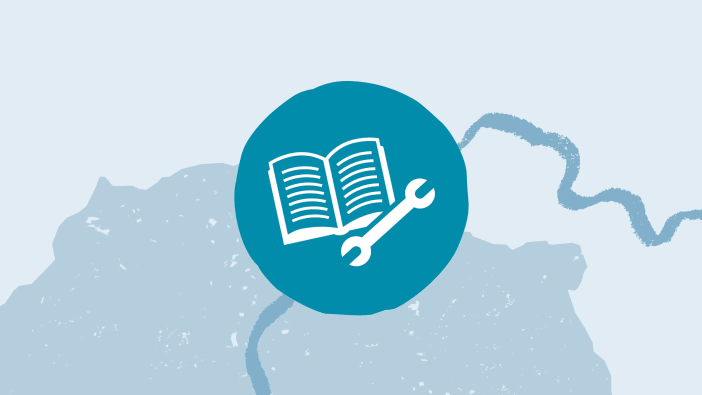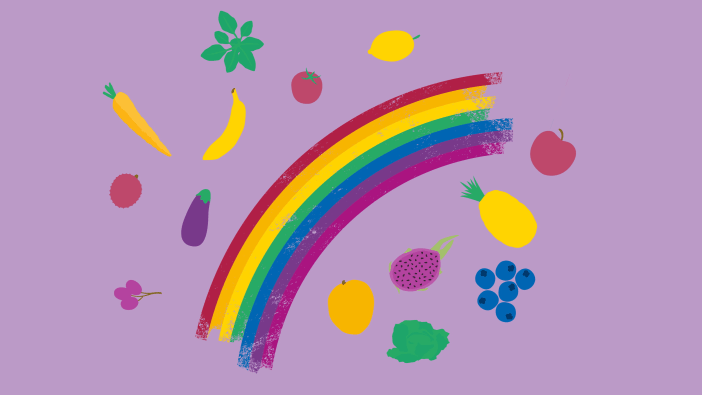Laid-back
When you are learning to breastfeed, or experiencing problems, the laid-back position can help to ensure a good attachment.
Lie on your back with pillows for support – at an angle of no more than 45 degrees – and lay your baby on your chest. This way the baby will be stable without you needing to hold them. Allow your baby to follow their natural instincts and crawl to the breast where they will attach themselves well. Make sure your baby can feel your skin touching theirs. Hold an arm across your baby as they find their own position at your breast.
Cradle hold
This is the most common position after the initial learning stage. Lay your baby across your lap, facing your stomach and with their head resting on your lower arm. If the baby is in the crook of your arm they are too high. With your forearm and hand, support their back and bring them close. You might want to support your breast with your other hand.
Side-lying
This is a good position at night. Lie on your side with your baby facing you and hold them close to your body. Support the baby’s back with a hand or a rolled up blanket or towel so they do not roll onto their back. If you are lying on a bed, make sure the baby does not fall off. Your baby’s head needs to be free to move and extend slightly backwards towards the breast.
Underarm hold
This is a good position to use if you have had a caesarean section, if you have large breasts or if you are feeding more than one baby at a time (eg twins). Using a cushion for support, place your baby on your forearm facing you, with their legs towards your back, under your arm. Bring the baby towards you and support their back and neck with your cradling arm. Use your other hand to support your breast if needed.


